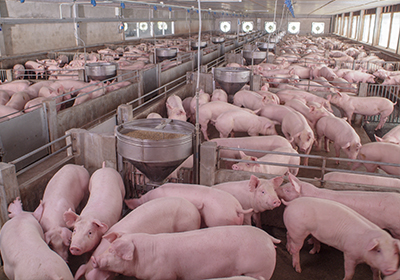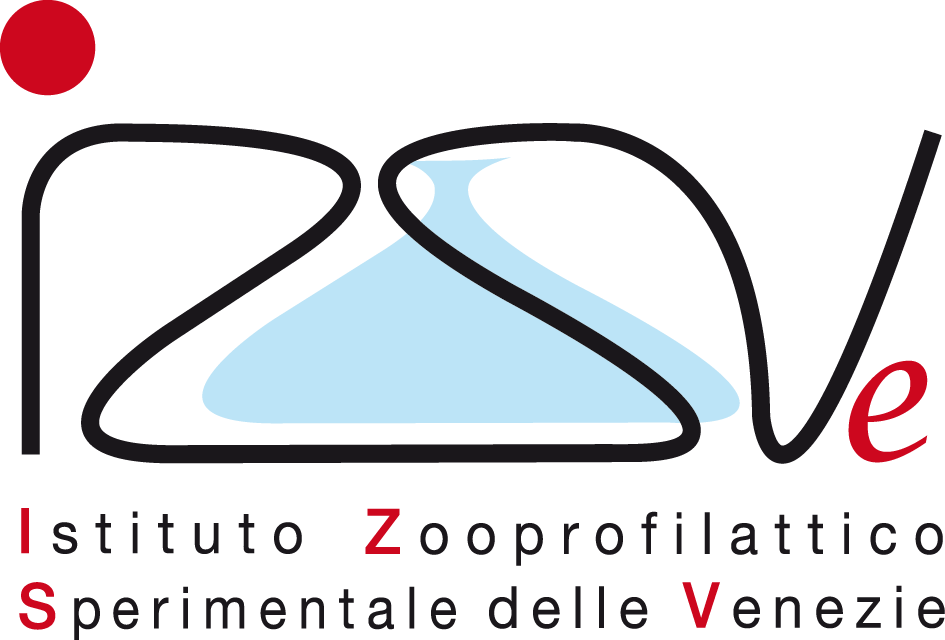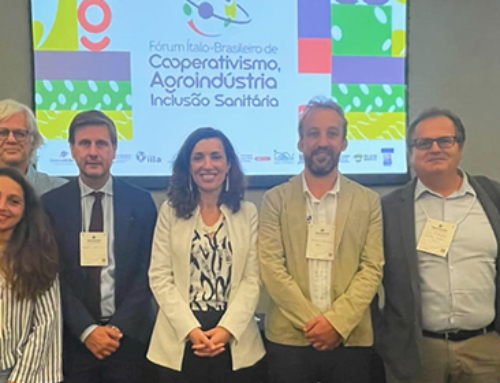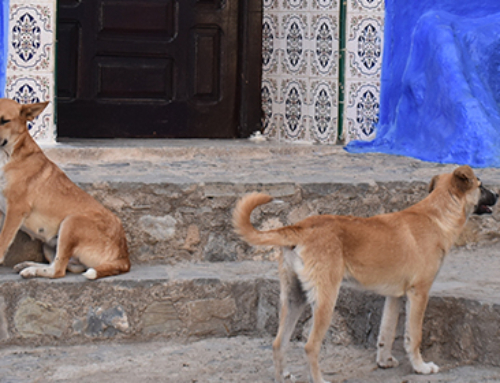For several years now the European Commission has been recommending that all Member States reduce the routine practice of tail docking (caudectomy) in piglets and prevent tail biting through improvements in farming conditions. In response to this call and to growing consumer awareness, groups of farmers have voluntarily started the process by making managerial and structural adjustments and by gradually introducing groups of undocked pigs. Furthermore, a mandatory National Plan issued by the Italian Ministry of Health has been in force since 2019 to foster the progressive abandonment of caudectomy.
The study

IZSVe researchers conducted a retrospective analysis on a sample of 22 farms in the same supply chain that had voluntarily abandoned tail docking (caudectomy) in piglets between 2015 and 2022. The process followed three phases: 1) 100% of pigs with docked tails; 2) up to 50% of undocked pigs; 3) 100% of undocked pigs. TOverall, the transition from phase 1 to phase 2 proved successful whereas the transition to phase 3 led to higher mortality, more tail lesions at slaughter, and a poorer feed conversion ratio. The study highlights the complexity of managing undocked pigs, a process that requires a gradual adaptation period to achieve sustainable health and economic outcomes.
In a recent study published in Animals, researchers at Istituto Zooprofilattico Sperimentale delle Venezie, in partnership with IZS Piemonte, Liguria and Valle d’Aosta, the University of Padova (Department of Land, Environment, Agriculture and Forestry – TESAF) and the University of Turin (Department of Veterinary Sciences) performed a retrospective analysis on a sample of 22 farms from the same production chain (4 weaning and 18 fattening facilities), which, between 2015 and 2022, had voluntarily agreed to abandon tail docking in three phases:
- Phase 1: 100% of pigs with docked tails
- Phase 2: up to 50% of undocked pigs
- Phase 3: 100% of undocked pigs
During the study, data were collected on the following:
- Productivity: mortality, feed conversion ratio, average daily weight gain
- Costs: feed, drugs, piglets, labour, veterinary fees, housing systems, management
- Drug use: administration of antibiotics and anti-inflammatory agents
- Prevalence of tail lesions at slaughter
In addition, the study assessed the estimated labour costs associated with optimal management of different types of environmental enrichment needed to contain tail biting (straw racks). This was based on estimated consumption levels and the time taken to refill each rack multiplied by the number of racks multiplied by the hourly labour cost.
Results
Overall, the transition from phase 1 to phase 2 proved successful whereas the transition to phase 3 led to higher mortality, more tail lesions at slaughter, and a poorer feed conversion ratio. The cost of producing one kilo of meat was higher in phase 3 than in phase 1: +34% during weaning and +7% during fattening. The prevalence of tail lesions at slaughter also increased from 1% in phase 1, to 10% in phase 2, and up to 41% in phase 3.
While acknowledging the limitations of this retrospective observational study on a small sample of farms, the study does highlight the challenges of effectively managing undocked pigs, a process that requires a gradual adaptation period to achieve sustainable health and economic outcomes. The best short-term compromise seems to be to keep a limited group of undocked pigs. This could help boost farmers’ ability to monitor and intervene and to identify managerial and structural factors that need adjusting or improving.
Read the scientific paper in Animals »



![What do we know about microplastics in food? [Video]](https://www.izsvenezie.com/wp-content/uploads/2025/09/microplastics-food-vide-500x383.jpg)


